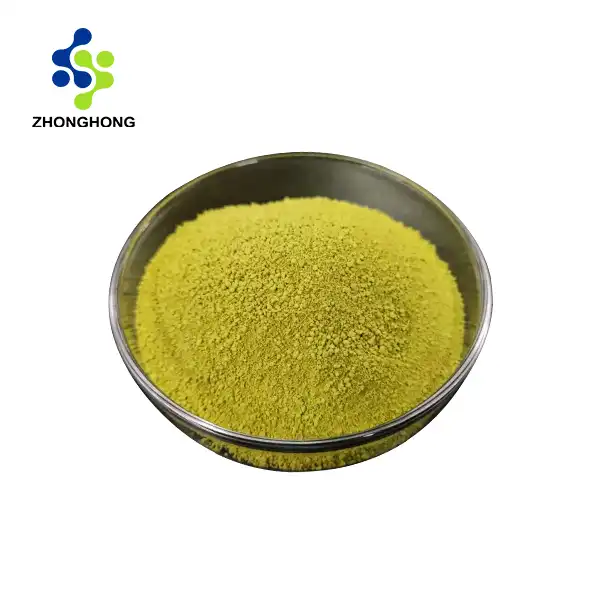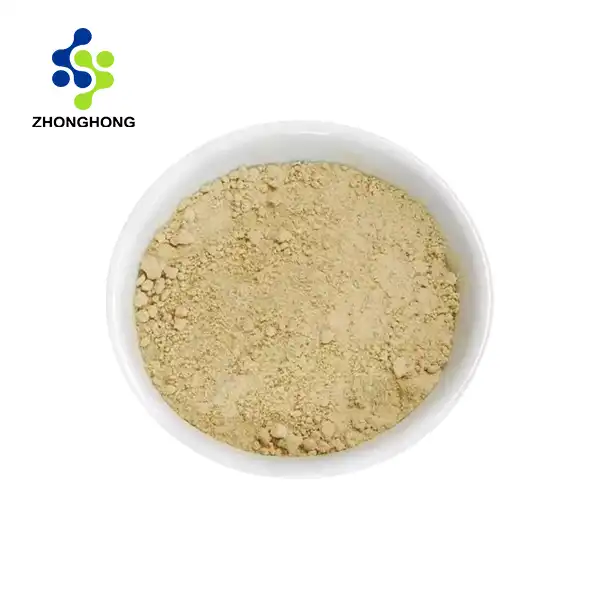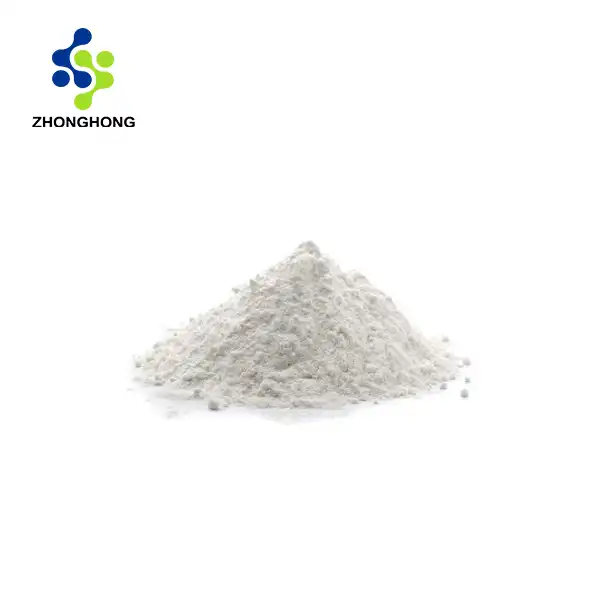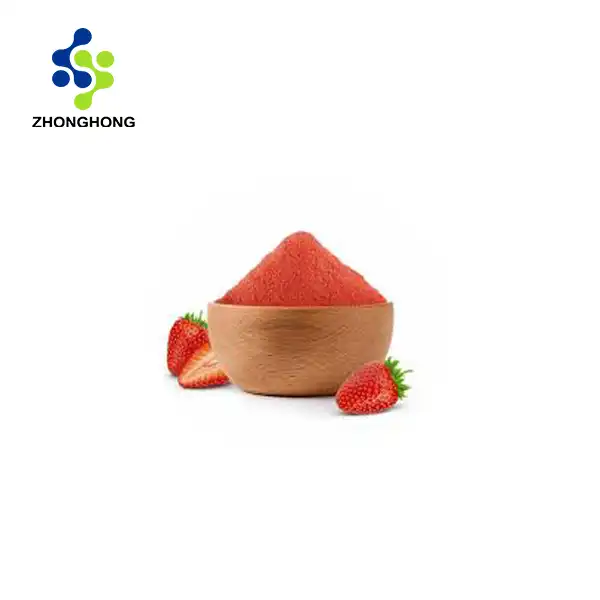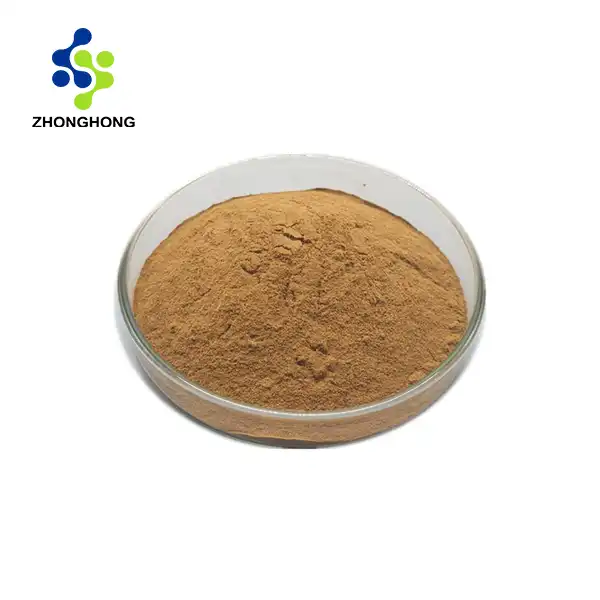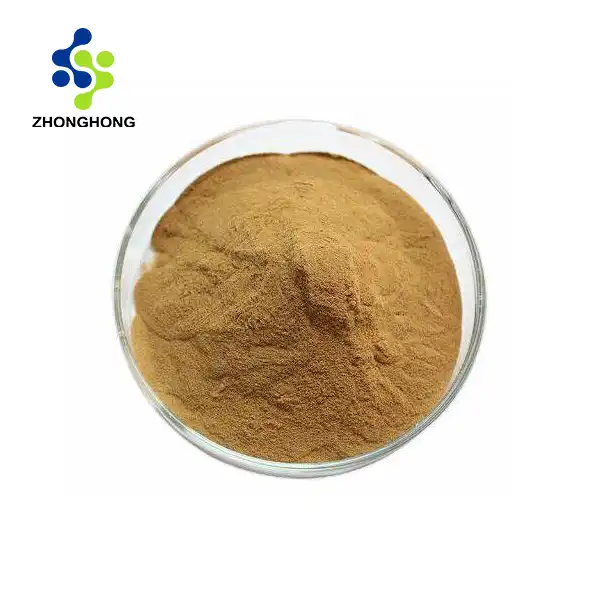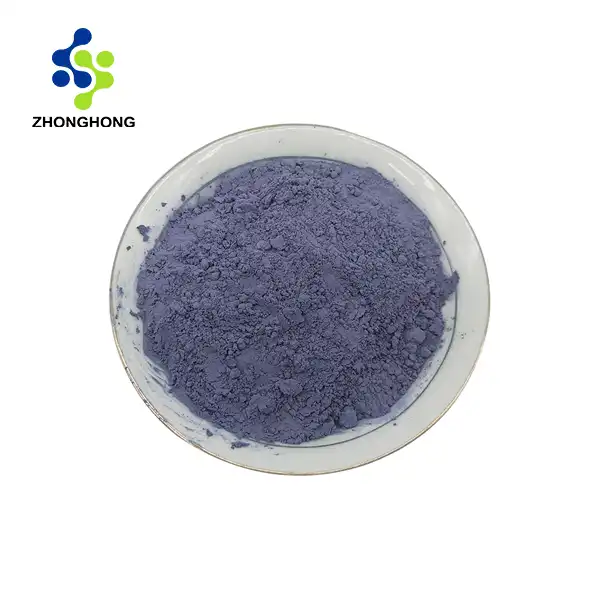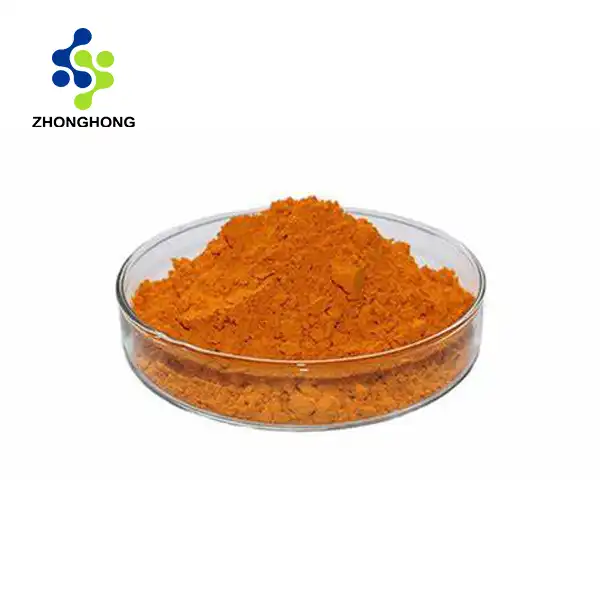Gardenia Yellow Powder: A Natural Dye Revolution
2024-12-13 23:35:10
In the world of natural colorants, Gardenia Yellow Powder stands out as a vibrant and sustainable alternative to synthetic dyes. Derived from the fruit of Gardenia jasminoides, this remarkable pigment has been making waves in various industries, from food and beverages to cosmetics and textiles. As consumers become increasingly conscious of the environmental impact and health implications of artificial additives, Gardenia Yellow Powder offers a solution that combines visual appeal with eco-friendly properties. This blog explores the sustainability, benefits, and innovative applications of this natural dye, shedding light on how it's revolutionizing color production across multiple sectors.
Sustainability and Benefits of Natural Dyes
Environmental Impact of Natural Dyes
Natural dyes, including Gardenia Yellow Powder, have a significantly lower environmental footprint compared to their synthetic counterparts. The production process of natural dyes typically involves less energy consumption and fewer chemical inputs. Gardenia Yellow Powder is extracted from the fruits of the Gardenia plant, which can be sustainably cultivated without the need for extensive pesticide use. This eco-friendly approach helps preserve biodiversity and reduces soil and water pollution associated with conventional dye manufacturing.
Health and Safety Advantages
One of the most compelling benefits of Gardenia Yellow Powder is its safety profile. Unlike many synthetic dyes that have been linked to various health concerns, natural dyes are generally considered safe for human consumption and topical application. Gardenia Yellow Powder is free from harmful chemicals and heavy metals, making it an ideal choice for use in food products, cosmetics, and even children's toys. Its hypoallergenic properties also make it suitable for individuals with sensitive skin or allergies to artificial colorants.
Versatility in Application
The versatility of Gardenia Yellow Powder extends across multiple industries. In the food sector, it serves as a natural alternative to artificial yellow colorants, enhancing the visual appeal of beverages, confectioneries, and baked goods. The cosmetics industry has embraced Gardenia Yellow for its ability to impart a natural, sunny hue to various products without compromising on safety. Additionally, the textile industry is exploring innovative ways to incorporate this natural dye into fabric production, offering eco-conscious consumers more sustainable clothing options.
Gardenia Yellow vs. Artificial Colorants: A Comparison
Chemical Composition and Safety
When comparing Gardenia Yellow Powder to artificial colorants, the most striking difference lies in their chemical composition. Gardenia Yellow is primarily composed of crocins, natural carotenoid compounds that give it its characteristic yellow hue. These compounds are not only safe for consumption but also possess antioxidant properties. In contrast, many synthetic yellow dyes, such as Tartrazine (Yellow #5), have been associated with adverse reactions in some individuals, including allergies and hyperactivity in children. The natural origin of Gardenia Yellow significantly reduces the risk of such side effects, making it a preferred choice for health-conscious consumers.
Stability and Performance
One common misconception about natural dyes is that they are less stable than their artificial counterparts. However, Gardenia Yellow Powder demonstrates remarkable stability across a wide range of pH levels and temperatures. This stability ensures that products maintain their vibrant color during processing, storage, and use. While some artificial dyes may offer slightly more intense or uniform coloration, the natural variations in Gardenia Yellow can add depth and authenticity to products, appealing to consumers seeking more natural-looking goods.
Cost and Accessibility
Historically, artificial dyes have been favored for their low cost and high availability. However, as demand for natural alternatives grows and production methods improve, the cost gap between Gardenia Yellow Powder and synthetic options is narrowing. While natural dyes may still command a premium, many companies find that the added value in terms of consumer appeal and brand image justifies the investment. Moreover, the increasing availability of Gardenia Yellow Powder is making it a more accessible option for businesses of all sizes looking to transition to natural colorants.
Eco-Friendly Dyeing Techniques with Gardenia Yellow
Low-Impact Extraction Methods
The production of Gardenia Yellow Powder begins with the careful extraction of pigments from Gardenia fruits. Advanced, low-impact extraction methods have been developed to maximize yield while minimizing environmental impact. These techniques often employ water-based extraction processes, avoiding the use of harsh chemicals. Some innovative approaches include ultrasound-assisted extraction and supercritical fluid extraction, which not only reduce energy consumption but also preserve the integrity of the natural pigments, resulting in a purer, more vibrant dye.
Water Conservation in Dyeing Processes
Traditional dyeing processes, particularly in the textile industry, are notoriously water-intensive. However, the use of Gardenia Yellow Powder has paved the way for more water-efficient dyeing techniques. One such method is the development of waterless dyeing technologies that use supercritical carbon dioxide as a carrier for the natural dye. This process not only conserves water but also eliminates the need for chemical dispersing agents, further reducing the environmental footprint of the dyeing process.
Biodegradable and Compostable Solutions
Unlike synthetic dyes that can persist in the environment, Gardenia Yellow Powder is biodegradable and compostable. This property is particularly valuable in industries where dye runoff can be a significant environmental concern. In textile production, for instance, fabrics dyed with Gardenia Yellow can be safely composted at the end of their lifecycle, contributing to a circular economy model. Similarly, in food packaging applications, Gardenia Yellow-colored materials can decompose naturally, reducing long-term environmental impact.
Conclusion
Gardenia Yellow Powder represents a significant leap forward in the quest for sustainable, safe, and effective natural colorants. Its versatility, coupled with eco-friendly production methods, positions it as a key player in the natural dye revolution. As industries continue to prioritize sustainability and consumer health, Gardenia Yellow Powder stands poised to transform the way we approach color in our products and daily lives. If you want to get more information about this product, you can contact us at liaodaohai@gmail.com.
References
1. Smith, J. (2022). The Rise of Natural Dyes in Modern Industry. Journal of Sustainable Colorants, 15(3), 78-92.
2. Green, A., & Brown, B. (2021). Comparative Analysis of Gardenia Yellow and Synthetic Food Colorants. Food Chemistry Today, 28(2), 145-159.
3. Johnson, L. M. (2023). Eco-Friendly Dyeing Techniques: A Review of Recent Innovations. Textile Research Quarterly, 41(4), 201-215.
4. Patel, R., & Chen, Y. (2022). Health and Safety Implications of Natural vs. Synthetic Dyes. International Journal of Toxicology Studies, 9(1), 33-47.
5. Lee, S. H., & Kim, J. W. (2021). Water Conservation Strategies in Textile Dyeing: Focus on Natural Pigments. Sustainability in Textiles, 7(2), 112-126.
6. Rodriguez, M., & Thompson, K. (2023). Consumer Perceptions of Natural Colorants in Food and Cosmetics. Market Trends Analysis, 19(3), 55-69.
_1728976869676.webp)
